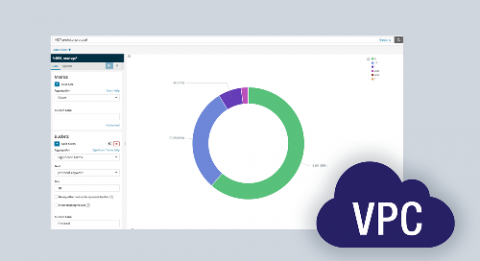CVE-2020-0601 - How to operationalize the handling of vulnerabilities in your SOC
Software vulnerabilities are part of our lives in a digitalized world. If anything is certain, it’s that we will continue to see vulnerabilities in software code! Recently the CVE-2020-0601 vulnerability, also known as CurveBall or “Windows CryptoAPI Spoofing Vulnerability”, was discovered, reported by the NSA and made headlines. The NSA even shared a Cybersecurity Advisory on the topic. Anthony previously talked about it from a public sector and Vulnerability Scanner angle.







